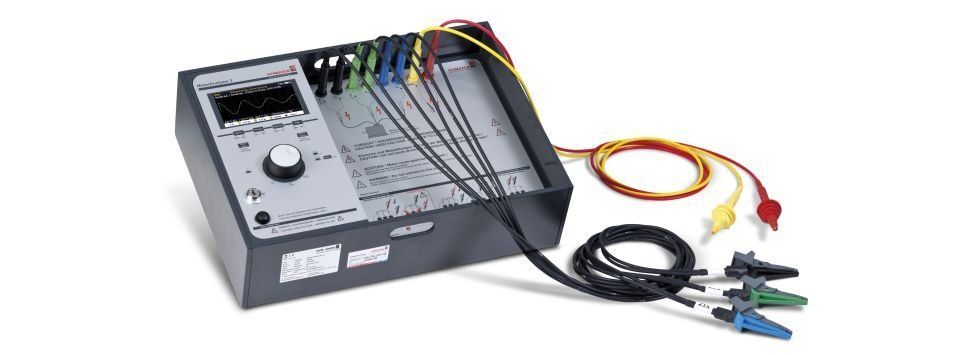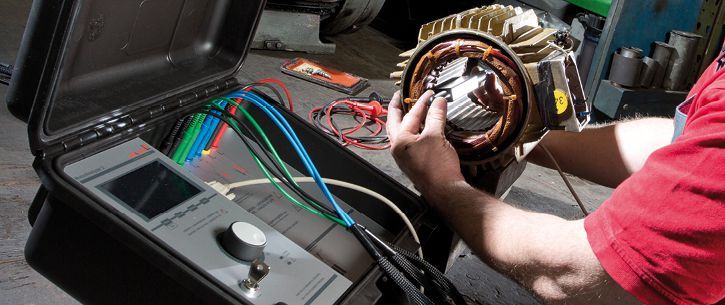If you are a professional electrician, you’ve probably used electrical test equipment in troubleshooting electrical malfunctions. However, substandard electrical test equipment may give a false diagnosis. This is why the quality of your equipment needs to be guaranteed, as is the case with electrical test equipment from Motor Diagnostic Systems.
Professional electricians use many different testers to check various electrical functions in commercial and residential electrical wiring. The testers also come in handy for DIY homeowners who find the tools useful.
Understanding the identification of the testers, learning their functions, and how they are used will significantly enhance your expertise and an electrician.
Several of our testers are multi-functional and are capable of performing most, if not every, electrical test duty, though others serve a single purpose. For example, some electrical testers check both AC and DC voltage levels in circuits, continuity, amperage test, open circuits, short circuits, and polarity. In addition, they can be used for industrial purposes like motor testing services.
Though most homeowners are unfamiliar with these terms, the essential thing for DIYers planning to do home wiring is knowing how to test a live voltage. Some of the devices mentioned below can serve that purpose.
Inductance Testers
Inductance testers are also known as non-contact voltage testers. They are arguably the safest available testers and the simplest to use. Inductance testers enable you to check for voltage in devices and wires without having to touch them.
You can quickly get your reading by plugging the tester tip into outlet slots or even by contact with an electrical cable.
Neon Voltage Testers
Also referred to as neon circuit testers, neon voltage testers are very simple. Their small body has a neon light on the inside, and a pair of short wire leads having a metal probe on either end. This tester tells you whether a voltage is present but cannot tell the amount of voltage in the circuit.
Unlike non-contact voltage testers, neon voltage testers need you to contact screw terminals and circuit wires. However, the tool is dependable as it does not use batteries.
Plug-in Circuit Analyzers
These are easy-to-use and inexpensive testers that tell you a lot concerning an electrical circuit’s functions by plugging into electrical outlets. The tester is tailored to test regular electrical outlets, though only the grounded (with three slots) outlets can be tested.
Continuity Tester
Continuity testers are battery-powered devices and have a probe at one end and a cord having either another probe or an alligator clip at the opposite end. By touching the two ends together, a circuit is completed, and light illuminates the tester’s body. This indicates a complete circuit. Thus, the tester is ideal for checking for things like the correct working of single-pole switches.
Conclusion
Motor Diagnostic Systems offer every type of electrical test equipment for troubleshooting or equipment repair. Our wide selection of equipment covers all electrical testing applications. Visit our eCommerce platform to make your electrical purchase. We offer quality products, and our support is always available to address any of your concerns.
The post Motor Diagnostic Systems Electrical Test Equipment appeared first on Motor Diagnostic Systems.
NAICS Codes
334515,
54138, 811219,811310
Cage Code
4P2J9
Duns Number
79-119-1351
Contact Info:
MOTOR DIAGNOSTIC SYSTEMS, INC.
inside.sales@mdsusa.net
Sales: +1 (970) 461-1348
or +1(877) 461-1348
Fax: +1 (866) 223-0800
Business Hours
- Mon - Fri
- -
- Sat - Sun
- Closed
All Rights Reserved | Motor Diagnostic Systems Powered by The Way Consulting




